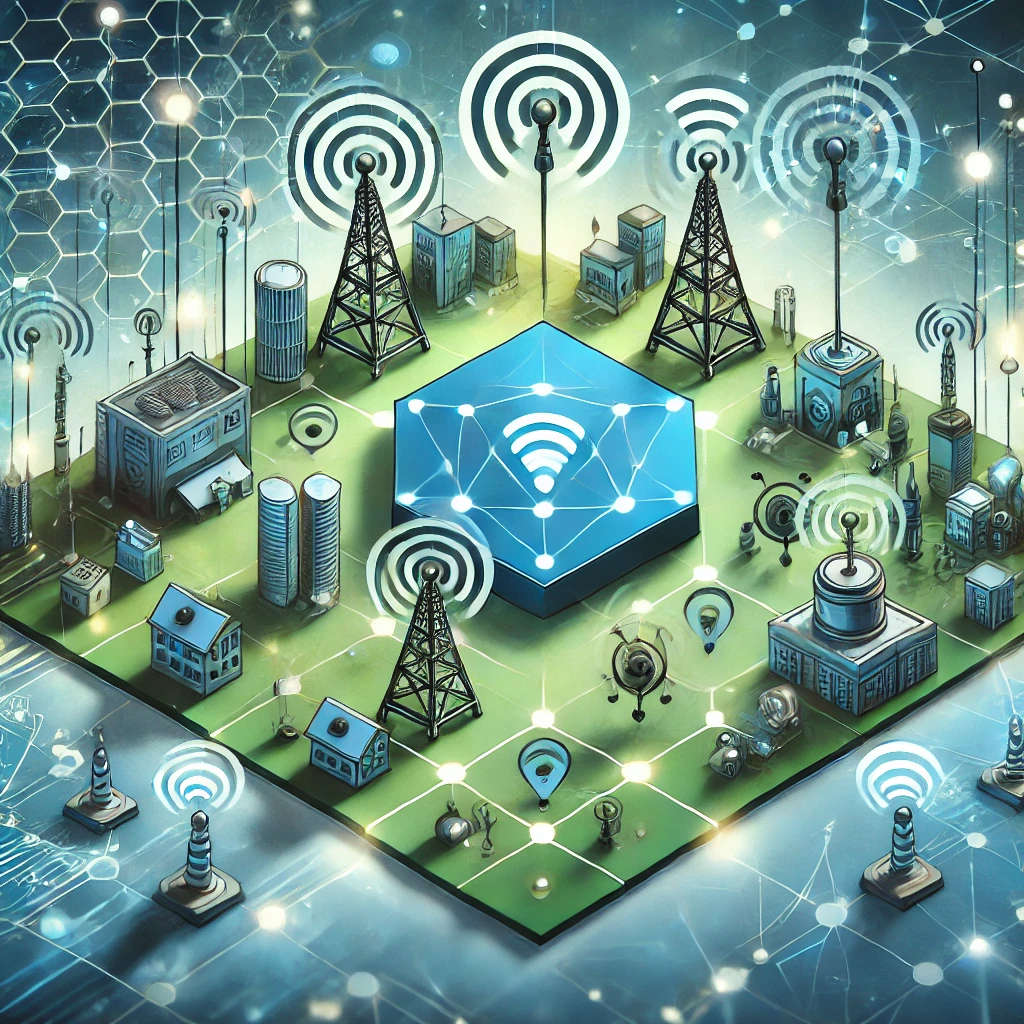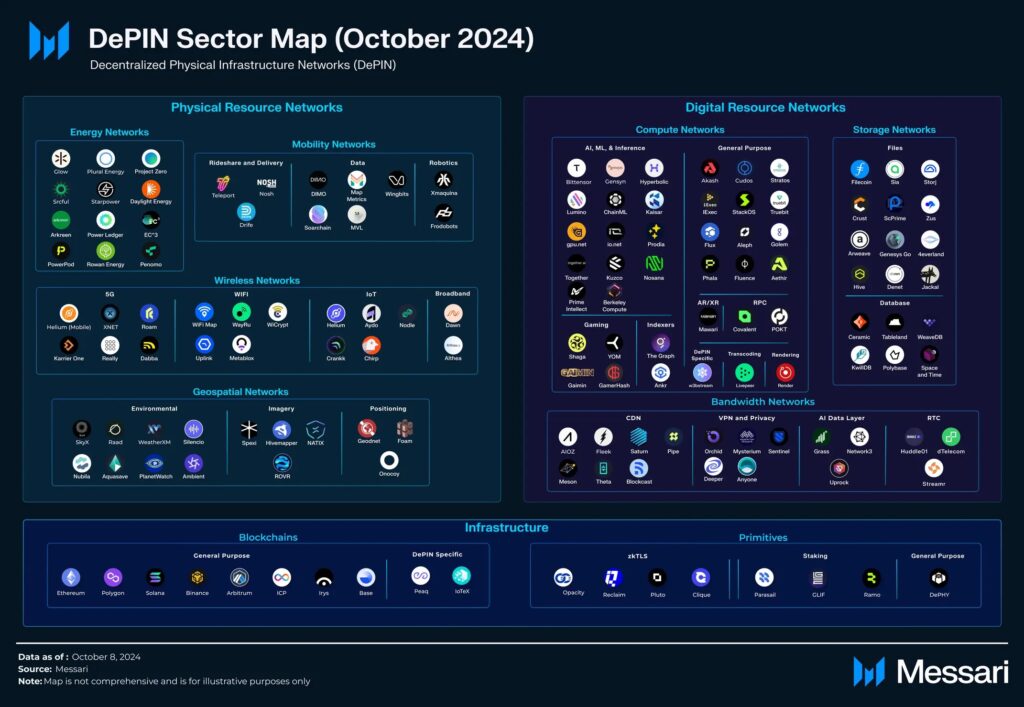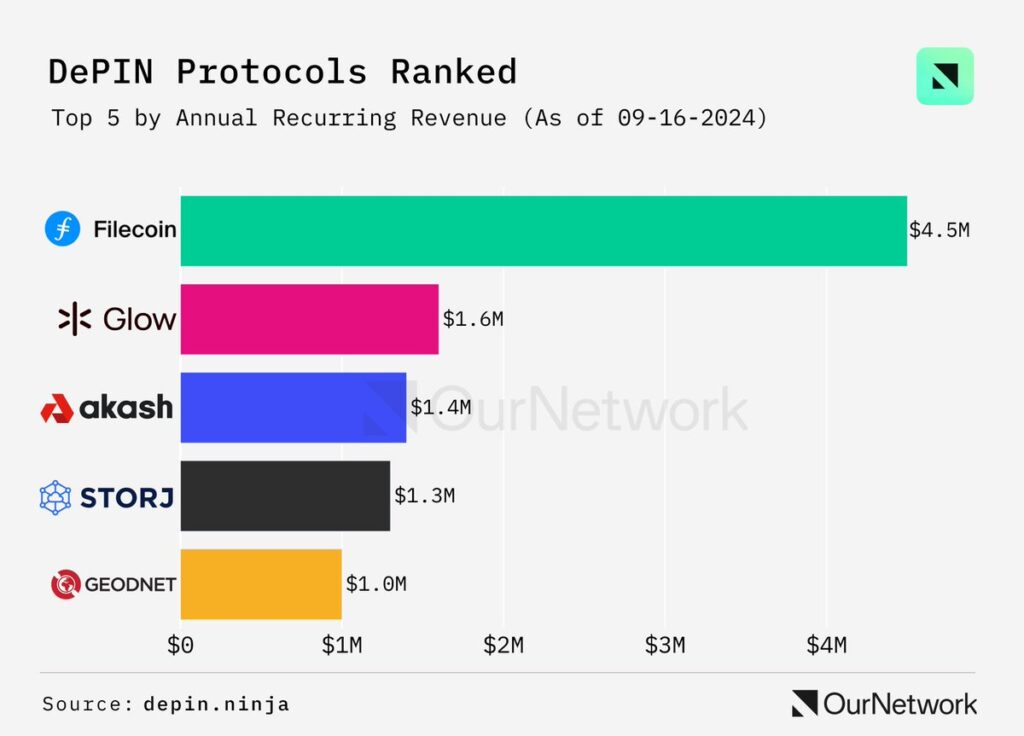
In the era of digital transformation, decentralized physical infrastructure networks (DePINs) are taking center stage. It is estimated that by 2025 there will be more than 75 billion IoT devices in operation.
However, DePIN goes far beyond Internet of Things (IoT) devices and includes applications in telecommunications, utilities such as power grids and solar energy, and in mobility and transportation. In fact, the global solar energy market is estimated to reach a value of $223 billion by 2026, and the decentralization of these infrastructures offers an innovative approach to their management. Projects such as Helium are revolutionizing the telecommunications sector, while Hivemapper and DIMO excel in mobility, transforming the collection and use of vehicle data into distributed networks. This integration of sectors enables not only greater resilience and efficiency, but also the sustainability and autonomy of critical infrastructures in an increasingly interconnected world.
The concept of DePIN (Decentralized Physical Infrastructure Networks), like Artificial Intelligence, is relatively recent. It arises from the combination of technologies such as blockchain and Internet of Things (IoT). The blockchain, initiated with Bitcoin in 2009, demonstrated how a decentralized system could offer transparency and security without relying on a central authority. Although in its early years it focused on financial transactions, projects such as Ethereum expanded its applications through smart contracts, facilitating the creation of decentralized applications (dApps) that run without intermediaries.
Simultaneously, IoT began to evolve as a technology capable of connecting physical devices, allowing them to efficiently collect and share data. As this infrastructure grew, interoperability and security needs became apparent, areas where the blockchain began to play a crucial role. Projects such as IOTA created blockchain architectures designed specifically for IoT, improving scalability and reducing transaction costs between connected devices.
Over time, the potential of blockchain was recognized not only for transactions or contracts, but also for decentralizing physical infrastructure. Thus DePIN emerged, as a distributed network that includes everything from sensor networks and power stations to data storage. Before the term DePIN existed, projects such as IPFS, Filecoin, and Storj were already exploring the decentralization of data storage. These distributed platforms allow users to store, share, and access data without relying on centralized servers, providing greater security and resilience to failures. DePIN, therefore, not only represents an alternative to centralized infrastructures, but also facilitates autonomy and transparency in the management of complex physical and digital systems.

IoT technology is essential to the DePIN model, as it provides the data infrastructure needed to monitor, control and optimize physical networks in real time. The combination of IoT with DePIN creates a system where devices such as sensors, cameras and monitoring stations collect and share information on a continuous basis. This facilitates decision making and resource optimization in distributed systems.
For example, Helium uses the LoRaWAN protocol to provide long-range, low-power wireless connectivity. This allows IoT devices to connect to the network from remote or hard-to-reach locations without requiring expensive, centralized infrastructure. LoRaWAN is especially useful for DePIN, as it enables communication over distances of up to 15 kilometers in rural environments, and more than 2 kilometers in urban areas. In this way, Helium and other DePIN networks can offer services in areas where traditional networks would be impractical or financially unfeasible.
In energy networks, for example, IoT devices can monitor energy use and automatically adjust supply according to demand, improving energy efficiency and reducing costs. Combining IoT with DePIN enables these networks not only to respond to changes and needs in real time, but also to anticipate patterns through data analysis.
DePIN not only enables greater operational efficiency, but also contributes to sustainability through the decentralization of physical infrastructure, such as solar power and distributed energy networks. Projects such as Glow incentivize solar farm builders to add their generation capacity to the grid. The solar power generated is converted into carbon credits, which are then sold to companies in established markets for carbon credits. This allows Glow to generate value by buying and burning the Glow token, which rewards builders who have contributed to the grid. This system provides an innovative incentive to encourage renewable energy production and contributes to carbon offsetting.
Srcful is another example of how DePIN promotes sustainability by rewarding users for connecting devices that contribute to distributed energy, such as batteries and electric vehicles. Through the SRC token, users receive incentives for supporting the distributed energy grid. This model not only encourages decentralization of energy storage infrastructure, but also facilitates a more flexible and resilient energy grid.
Each of these projects shows how DePIN can transform energy sectors through incentive models that promote decentralization and sustainable resource use. By enabling sustainable, distributed energy networks, DePIN contributes to an energy system that is less dependent on centralized infrastructure, more responsive to demand and more environmentally friendly.

-HELIUM: Has evolved from its initial focus on IoT to encompass 5G cellular connectivity services through Helium Mobile. This service has gained traction by integrating with telecom operators such as T-Mobile in the United States and Telefonica in Mexico. Helium Mobile enables these carriers to use Helium's decentralized network to extend their coverage and improve capacity in high-demand areas, serving as a supporting infrastructure for their users. While Helium continues to support IoT use cases, success with 5G has been one of its most notable achievements, providing telecom operators with a flexible, distributed backup network that optimizes cellular capacity in urban environments.
-FILECOIN: It is a pioneering platform in the field of decentralized data storage, and is one of the first examples of how DePin can transform the physical storage infrastructure. Through Filecoin, users can rent and share space on their hard drives, forming a global, distributed network where data is stored in a secure and fault-resistant manner. Unlike traditional centralized storage models, Filecoin uses a network of distributed nodes, which not only improves resilience to failures, but also reduces censorship and the risk of centralized attacks.
Filecoin rewards participants through its native cryptocurrency, $FIL, which is awarded to those who provide storage to the network. This allows both individuals and small businesses to benefit financially by contributing their resources to a global data storage infrastructure.
-WEATHERXM: Allows users to install decentralized weather stations that collect local data in real time. This data is crucial for sectors such as agriculture and transportation, and helps improve the accuracy of weather forecasts at the local level, with rewards distributed by Wheather XM to users who contribute to the network.
-DIMO: Focuses on connected mobility and allows vehicle owners to share usage and maintenance data. This data can be extremely valuable for different services. For example, auto insurance companies can offer more personalized policies to drivers who choose to share their data, adjusting rates and options based on driving behavior. Similarly, auto repair shops can identify specific wear patterns or failures and offer discounts or proactive services to users. With this DIMO model, it not only enables a more personalized service, but also facilitates better urban mobility management and vehicle maintenance optimization, improving the user experience and the efficiency of the transportation system.
-RENDER: Decentralizes access to graphics processing power, allowing users to share their GPU capacity and receive rewards. This processing power is critical to various creative and technical sectors. For example, game designers can use the Render network to run resource-intensive rendering processes, or 3D graphics artists can access GPU power to generate complex visualizations. This approach not only democratizes access to advanced graphics processing tools, but also enables users to monetize otherwise idle resources, benefiting both creators and capacity providers.
-THE GRAPH: Provides a decentralized infrastructure for blockchain data indexing and querying, essential for applications that rely on quickly and reliably accessible data. The Graph' s network allows developers to create and share "subgraphs," which are reusable data modules that power decentralized applications (dApps). With an incentive system, node operators and subgraph creators are rewarded for facilitating the accessibility of blockchain data, distributing the load and reducing bottlenecks.

DePIN gives users unprecedented control over their data, allowing them to decide how it is used and with whom it is shared. Unlike centralized infrastructures, where data is often controlled by large enterprises, DePIN puts users back in control, ensuring that their data is protected and accessible only to those they choose.
This feature is especially important in the context of IoT and personal transportation, where data privacy and security are essential for user confidence. For example, in platforms such as DIMO, personal vehicle data, such as driving and maintenance patterns, are shared in a controlled manner. This not only enables personalized and optimized services, but also protects users by ensuring that they only share data with providers and services of their choice. This approach not only empowers users, but also facilitates greater transparency and control in the management of sensitive data, especially in sectors involving mobility and transportation aspects.
One of DePIN's main value propositions is that it enables users not only to consume infrastructure services, but also to actively participate in their construction and operation. Unlike traditional infrastructure models, where large corporations and centralized governments control and finance the construction of physical networks, DePIN offers a democratized approach.
Users can contribute resources - such as access points, data storage or processing capacity - to decentralized networks and, in return, receive rewards in the form of tokens. For example, Helium participants can provide grid coverage and earn rewards in $HNT, while on platforms such as Glow, solar farm builders who contribute energy capacity to the grid are rewarded with Glow tokens that can be used or sold. This makes DePIN a unique opportunity for those looking to contribute to the growth of physical infrastructure without the need for large upfront investments, enabling a collaborative and decentralized economy.
This ability to profit while contributing to the infrastructure makes DePIN an innovative and attractive proposition for individual users and small businesses, who can now be part of the growth of physical networks that would otherwise be dominated by large players. With DePIN, infrastructure building becomes a collective effort, with distributed benefits and a more flexible and accessible structure for all.
DePin represents a radical transformation in the way physical infrastructure is built and expanded. By integrating technologies such as blockchain and distributed networks, it enables the creation of systems that are not only more resilient and sustainable, but also redefines how these networks are financed and grow. Beyond the technology, DePin offers an inclusive participation model, where users can actively contribute to infrastructure, whether in telecommunications, energy or transportation, and be rewarded for it. This approach democratizes access to the construction and expansion of physical infrastructure, allowing innovation to come from a diverse, global community.
Instead of relying solely on large corporations to fund and develop these networks, DePin introduces an incentive system where every user and small business can be part of the growth process. With each added node or shared resource, the network is strengthened, and infrastructure development becomes a collective effort, which is affordable and economically beneficial to all participants. In this way, DePin enables a collaborative and distributed form of innovation that has the potential to reshape the future of global infrastructure.